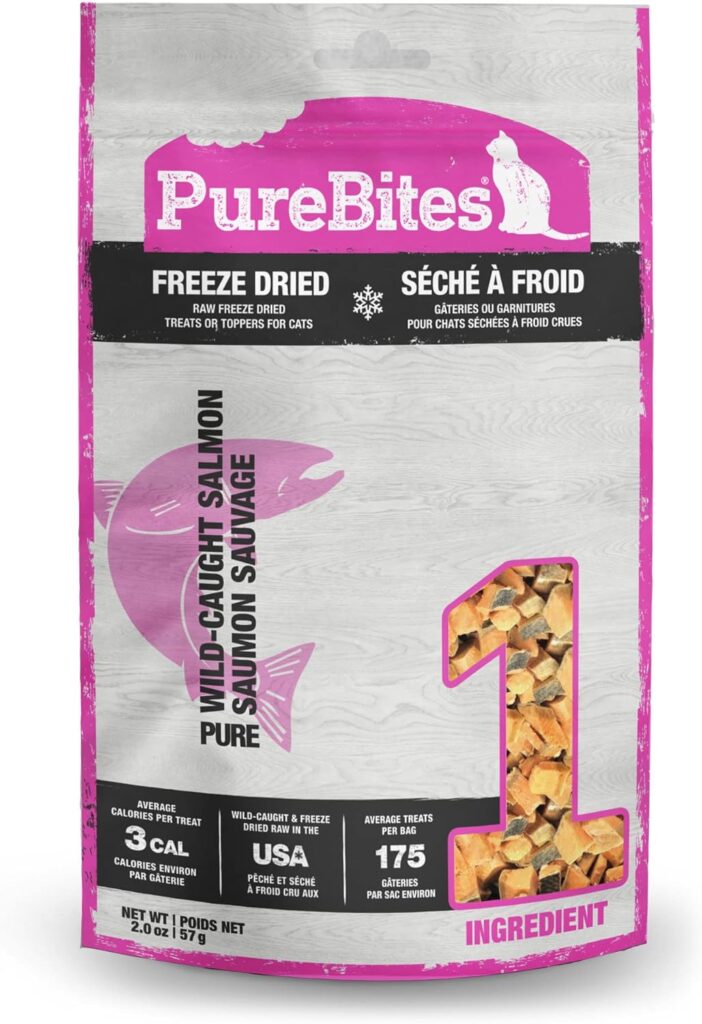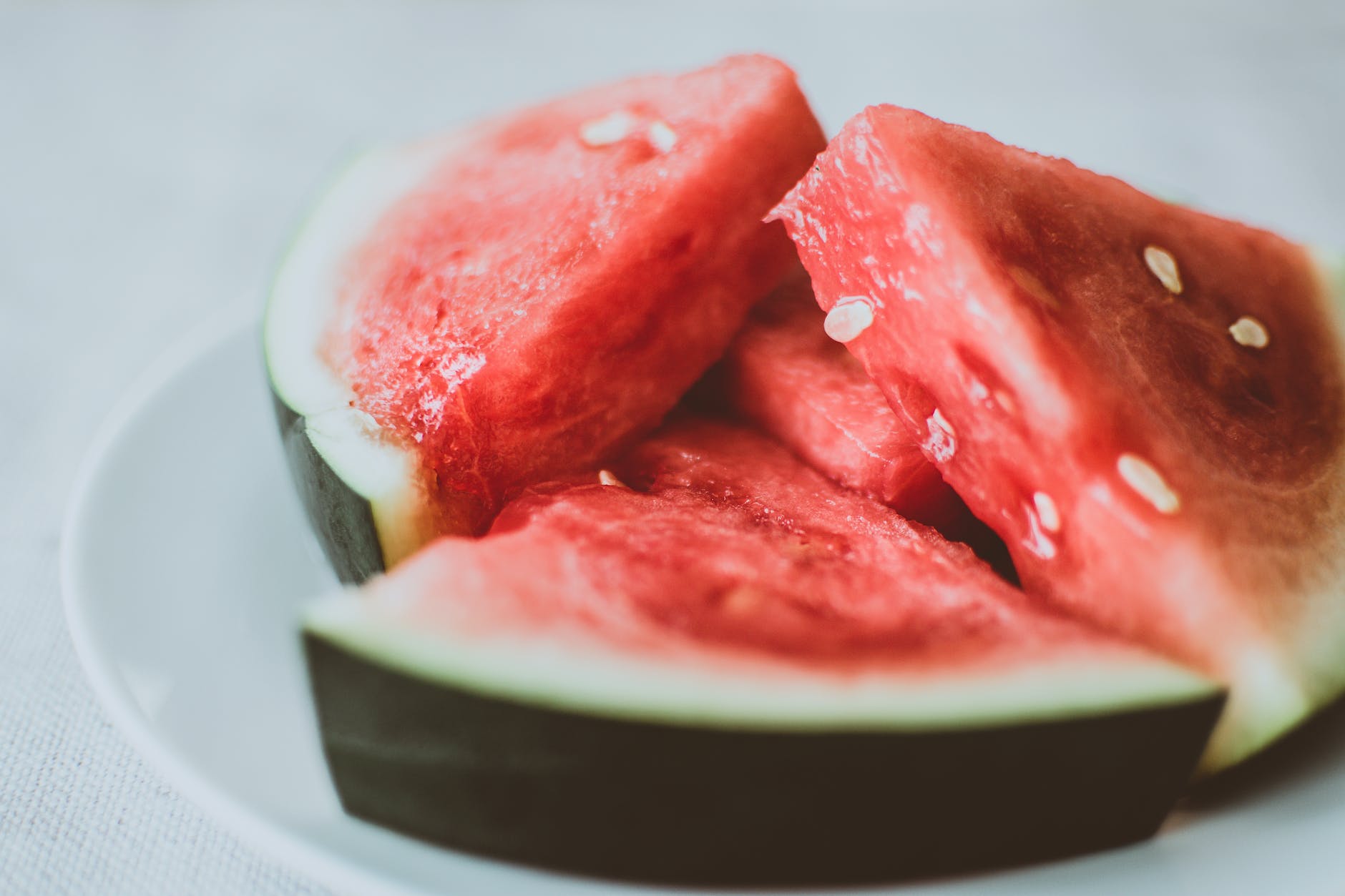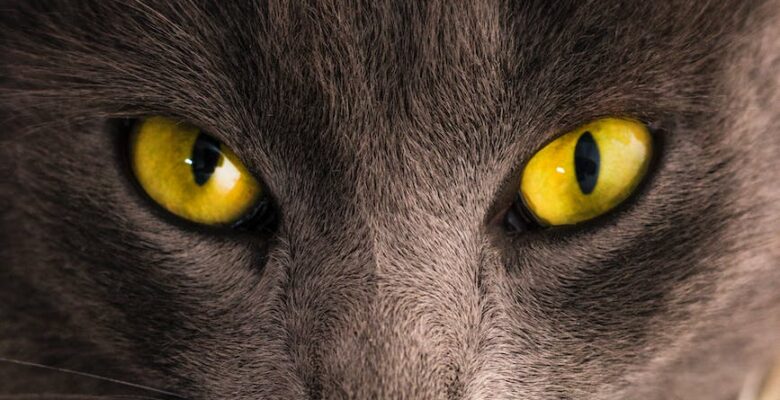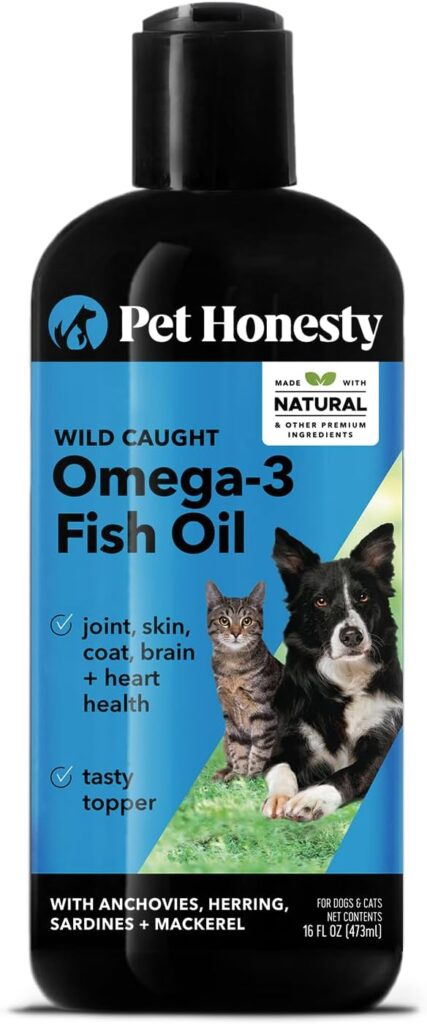Are you looking for a nutritious snack for your cat? You don’t have to look much further than your own cabinet for cat-safe meals to give your pet. Once you’ve determined which human foods cats may consume, you can get creative by making your pet delectable DIY cat treats.
Continue reading to see which feline-friendly human meals are recommended by experts so you can start feeding your cat like any other family member.
This post contains referral links for products we love. Staying Fit With Aeran earns a small commission on these links at no cost to you, and the links will always be marked with an asterisk *.
Cats Can Eat the following human foods.
1 Salmon
Salmon is a high source of protein, and omega-3 fatty acids may be a nice treat for cats and are regularly included in commercial cat food, according to experts. While some cat-friendly human foods can be offered to your cat raw, experts recommend only giving her cooked salmon.

PureBites salmon freeze-dried cat treats * make it simple to feed your cat salmon while providing all of the benefits without the cleaning.
2 spinach leaves
According to Dr. Wismer, spinach is high in vitamins and minerals such as calcium, iron, vitamins A, C, and K. However, don’t offer spinach to your feline friend if your cat has a history of bladder stones.
Because of its numerous health benefits, spinach is also included in a variety of cat meals.
3 cantaloupes
According to experts, cantaloupe is one of several cat-safe fruits. It has high antioxidants and beta-carotene, which helps maintain healthy skin and eye health.
4 Eggs
Eggs are good for us and for the cats as well. Eggs contain one of the excellent sources of protein and B vitamins and are okay for your cat to eat, according to some experts. Cook any eggs that you serve your cat to lessen the risk of food-borne infections.
5 Fish Oils
Get your fish oil cat pills ready! According to Emmy-winning veterinarian Dr. Jeff Werber, while pet parents can get away with feeding their dogs people food more frequently than cats, fish oil can benefit both animals.
The omega-3s in fish oil which come in a variety of forms, including salmon and cod liver oil. Offering these types of oils to your cats can help keep their coats shiny and keep their skin healthy all year.
Natural fatty acids in supplements derived from wild-caught fish, such as PetHonesty Omega-3 Fish Oil Immune, Joint, & Skin & Coat Supplement for Dogs & Cats, * assist in maintaining skin and coat health.
6 Chicken
According to Werber, cats’ bodies aren’t able to digest fibrous foods as easily as dogs. Also, cats don’t always like the variety of people’s foods that dogs do because they are obligate carnivores. Besides, they require diets that contain mostly meat. Dogs are omnivores and can live off of a variety of different foods). However, any form of meat, such as chicken, is ideal for them.
Chicken, an excellent source of lean protein, might be a fine choice for your cat as long as it is well cooked and the skin, which can be fatty, is removed, according to Werber. Chicken is another common element in commercial cat meals.
7 Bananas
According to Wismer, bananas are a cat-safe food since they are high in potassium and soluble fiber. Although bananas are a nutritious treat, she adds that they (like all products on this list) should account for no more than 10% of your cat’s daily calorie consumption.

8 Oatmeal
Oatmeal is another human item that may be found in commercial cat feeds, such as Natural Balance Fat Cats low-calorie diet, and is a source of energy and B vitamins for your kitty. However, while oatmeal is cat-safe, not every kitty will enjoy it, so introduce these foods cautiously and make sure they like them before introducing them into your cat’s usual diet.
9 Pumpkin
Can cats consume pumpkins? Pumpkin is not only low in calories and high in fiber, but it is also a great remedy for cats who have irregular vowel movements. You can include pumpkins in cat treats because it is both safe and healthful.
Pumpkin supplements for cats are readily available, making it simple to incorporate pumpkin into your feline’s diet. What a Pumpkin Patch! In single-serve pouches, this dog and cat food supplement is a puree that promotes stool quality and healthy gastrointestinal motility.
10 Cheese
Are cats lactose intolerant, or can they eat cheese on occasion?
Dr. Wismer recommends feeding a hard cheese, such as cheddar, Swiss, or Gouda if your cat shows interest in this feline-friendly meal. These calcium and protein-rich cheeses can be readily cooked into treats or fed to your cat raw in tiny amounts.
11 Bread
Bread, a feline-friendly human food, is a good source of protein and fiber, according to Dr. Werber.
12 Apples
Apples are another food that is high in fiber and vitamin C. Dr. Werber says cats can consume them as long as the skin, seeds, and stems are removed.
13 Blueberries
Blueberries, which are high in vitamins A and C, can be included in some cat meals, such as American Journey salmon grain-free dry cat food, and some felines may like snacking on frozen blueberries, according to Dr. Wismer. More information regarding blueberries for cats can be found here.
14 Turkey
Turkey, whether roasted turkey breast or sliced deli meat, is another lean protein that cats can eat.
15 Peas
Peas are another cat-safe human meal that is high in fiber and vitamins A and C. They are frequently available in commercial cat foods, but they can also be offered to your cat frozen or raw.
16 Watermelon

Watermelon, which is high in vitamins and minerals such as vitamins A, B1, B5, and C, as well as potassium and magnesium, is a safe treat for cats in moderation. More information regarding watermelon for cats can be found here.
17 Strawberries
Strawberries, in moderation, are a “fun, perfectly acceptable treat” for cats, according to Dr. Sarah Wooten, DVM, CVJ of Silverthorne, Colorado. The ripe fruit is high in fiber, vitamins, minerals, and antioxidants. More information regarding strawberries for cats can be found here.
How to Feed Human Food to Cats
Even if the treats are healthful, you should restrict the amount you offer your cat each day.
Per some experts, you should limit treats to 20 calories each day. That is equivalent to 2 teaspoons of cooked salmon or chicken or 25 blueberries. Keep in mind you don’t need to give them all of those berries. Try to mix and match human food treats with cat treats to reach that number.
If your cat looks like gaining weight after you have been feeding human food treats, she suggests reducing the number of treats you give her.
Dr. Werber explains that when you introduce new meals to your cat, you should expect some gastrointestinal distress. If it’s a new food for them, their bodies may not be used to digesting it, and they may be picky about what they consume. What is Dr. Werber’s advice? Give them a variety to discover what they prefer, but keep everything in moderation and avoid using any seasonings. Continue giving your kitty cat food in addition to any human food snacks to ensure optimum daily nutrition.
To Conclude
So, the next time you snack on one of the things listed above, you may rest certain that your feline companion can enjoy a bite. And, when fed in tiny amounts to your cat, these human foods cats may eat are a nutritious supplement to your pet’s diet.

